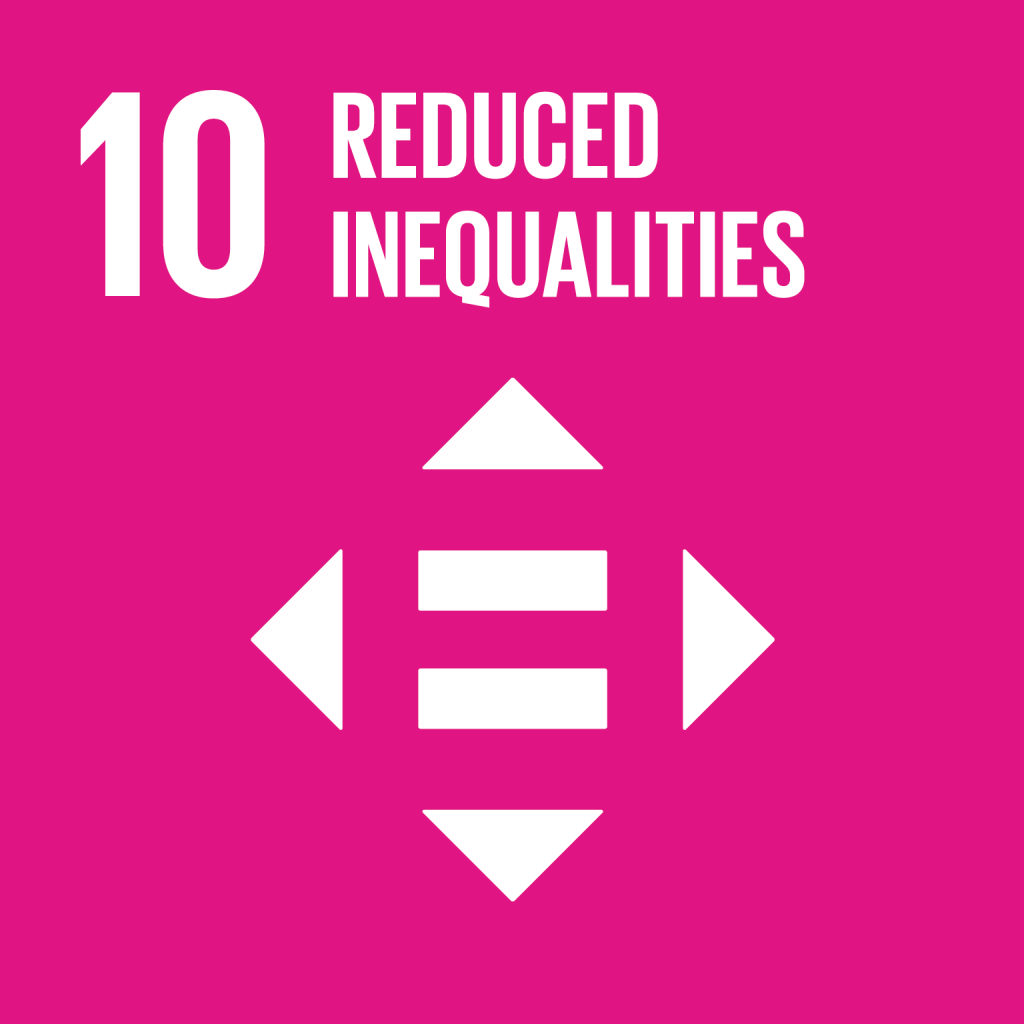Over recent decades both experienced and prospective investors have become increasingly aware of the impact that their investments can have on the world around them. To rectify this moral dilemma, some choose to focus their investments and finances on Environmental, Social, and Governance (ESG) principles. In other words, they choose to invest in firms or stocks that align with their values. Hence, providing an ethical approach to investing. ESG is still a relatively new concept, with the term first coined in 2004. ESG has made great strides, but it’s not flawless, and there’s still significant work ahead. This article will explore some of these flaws. Namely, the gender inequalities that exist in ESG investing and finance, the challenges that these inequalities present, and possible solutions to rectify this issue and move towards a thrivable future.
what is ESG investing?
ESG outlines three key areas where a business or organisation can report on their sustainability practices regarding their employees, local community, and the wider world. ESG investing allows investors to take an ethical approach towards investing. Allowing them to grow their capital without compromising on their values. The three areas of ESG are Environmental, Social, and Governance. Investors evaluate several factors for each of these three areas:
- Environmental: Includes factors such as a company’s greenhouse gas (GHG) emissions, their use or disuse of recycled materials, compliance with environmental regulations, and treatment of animals.
- Social: Includes a company’s efforts towards diversity and inclusivity within its workplace and the quality and safety of its products and processes. The social area also focuses on the community impact that a company is having. For example, is this company donating any percentage of profits to local communities? Are they encouraging employees to volunteer?
- Governance: The governance area focuses on the shareholder practices of a company. For example, ensuring that a company is transparent and accurate with its accounting methods. Additionally, checking that a company is pursuing diversity when selecting leadership. For example, are there any conflicts of interest in the choice of board members?
In this article, we focus on the Social aspect of ESG as we direct our attention towards gender inequalities in ESG investing and finance.

Image source: CFA Institute.
Why Are There Gender Inequalities in ESG investing and finance
Gender inequalities in ESG investing and finance can stem from various factors. We must address all of these issues properly if we wish to tackle these inequalities.
Representation and Inclusion
Within the financial sector, women and sexual & gender minorities (SGM) are often underrepresented in leadership and decision-making positions. As of 2023, at S&P 500 firms, women made up just 32% of directors. This number has been increasing over recent decades but still has much room for improvement. Statistics on SGM representation in finance are severely lacking. This lack of representation then inevitably leads to a lack of consideration for diverse perspectives and needs. An outlook that should be essential in ESG investment and finance strategies.
Access to Resources
Discrimination or bias within ESG investing and financial services can limit one’s ability to participate in the sector. Historically, the financial sector has been a male-dominated industry. Because of this, women and SGM are more susceptible to discrimination when it comes to accessing financial resources or investment opportunities.
Societal Norms
Both women and SGM populations may experience pressure to conform to traditional gender roles and expectations. Such pressures can influence individuals’ attitudes and behaviours regarding financial matters such as ESG investing and finance. To rectify this, there is a need for inclusive and affirming spaces within the financial sector. This will help to empower both women and SGM to engage more actively in investment activities.
Challenges Experienced by Women And SGM in ESG Investing
It was only 75 years ago, in 1943, that women were finally granted access to the New York Stock Exchange. This was more than 100 years after the New York Stock Exchange Board was formally constituted. It was not until the 1980s that a women’s bathroom was installed on the 7th floor of the building, the floor housing the traders’ lounge. It is clear that finance, and consequently ESG investing, started as a man’s game. Many of these ideologies still linger today, presenting challenges for both women and gender minorities within the sector.

Image source: Pexels.
Gender-Diverse Opportunities In Investing And Finance
Thankfully it seems that we are moving in the right direction. Currently, there are many emerging initiatives promote gender equality in finance and investing. Take Gender Lens Investing (GLI) for example. This strategy takes into consideration gender-based factors across the investment process. By doing this, GLI strives to advance gender equality and better inform investment decisions. For example, a GLI investment strategy may involve investing in women-owned or women-led enterprises.
Taking a different approach, ESG investors may also engage with companies to encourage the adoption of equitable workplace practices, such as equal pay and parental leave policies, alongside programs to support work-life balance for all employees, regardless of their gender.
Addressing Gender Inequalities in ESG investing And finance
We are making progress. In 2009, at S&P 500 firms, women made up just 19% of board members and only 5% of CEOs (Adams and Ferreira, 2009). As of 2023, the percentage of female board members has increased to 32%. Unfortunately, SGM populations still seem to be severely underrepresented and data is lacking on the level of inclusivity in their case. It is clear that there is still significant progress to be made here.
The myth that only men can successfully run a financial firm is also quickly becoming outdated and irrelevant. A 2020 study from the S&P Global Market Intelligence agency found that firms with female CFOs are more profitable and have superior stock price performance compared to the market average. Additionally, the study showed that firms with higher rates of gender diversity on their board of directions have been more profitable and larger than those firms with lower rates of gender diversity.
Over recent decades there has clearly been progress in quelling gender inequality within ESG finance and investing. To continue this progress we need to continue focusing our efforts on promoting diversity and inclusion within the financial sector. Especially concerning SGM populations, the finance sector still severely underrepresents them. This will include improving access to financial education and resources for women and gender minorities. Providing platforms and support networks will help empower those facing inequalities to actively participate in ESG investing and contribute to more equitable outcomes.
achieving the UN SDGs through Gender-Inclusive ESG Investing
By promoting inclusive ESG investing and finance we unlock the potential to continue progressing on SDG 5 and SDG 10. SDG 5 aims to achieve gender equality and empower all women and girls. However, we can extend this goal to encompass not only women but also sexual and gender minorities. Gender-inclusive ESG investing is a positive step towards a future in which all genders are seen as equal. Meanwhile, SDG 10 focuses on reducing inequalities, particularly within and among countries. With inclusive ESG investing, investors can prioritise companies that demonstrate a commitment to gender diversity and equality in their leadership and practices.
Inclusive ESG investing can help advance both of these sustainable development goals (SDGs) by mobilising capital towards projects and initiatives that promote equality and inclusion, leading us to a more sustainable, prosperous, and thrivable future for all involved.

Image source: United Nations.
A Thrivable Framework
At its core, sustainability simply indicates the ability to continue to survive. ‘Thrivability‘, by contrast, is the next step, beyond sustainability. THRIVE believes that humanity can do better with the knowledge currently available to us. We want to instil the idea that sustainable solutions not only prevent disaster but offer the potential for societies that flourish.
The THRIVE Framework examines issues and evaluates potential solutions in relation to this overarching goal of thrivability. It is about making predictive analyses using modern technology that supports environmental and social sustainability transformations. The THRIVE Framework consists of 12 Foundational Focus Factors (FFFs). It is these FFFs that can help us in advancing towards a world that is more centred around thrivability. Take for example the FFF of Science-Based Targets (SBTs). These SBTs must be set if we are to understand the social and natural world. SBTs can be used to help us in transitioning towards a world that is more diverse and inclusive.
THRIVE invests interest in issues fundamental to the integrity of our society. Apart from sustainability, this also means examining issues related to the judicial process and human rights. Safeguarding human well-being in all domains is paramount to THRIVE’s mission. This is how the topic of this article fits in. Reducing gender inequalities in ESG investing, finance and the world as a whole, is essential to achieving a thrivable future.
If you would like to learn more about thrivability, you can subscribe to our free newsletter. You can also check out our informative podcast series and watch some of our educational YouTube content. Additionally, come along to our webinar events to hear talks from experts in the field of thrivability.




















